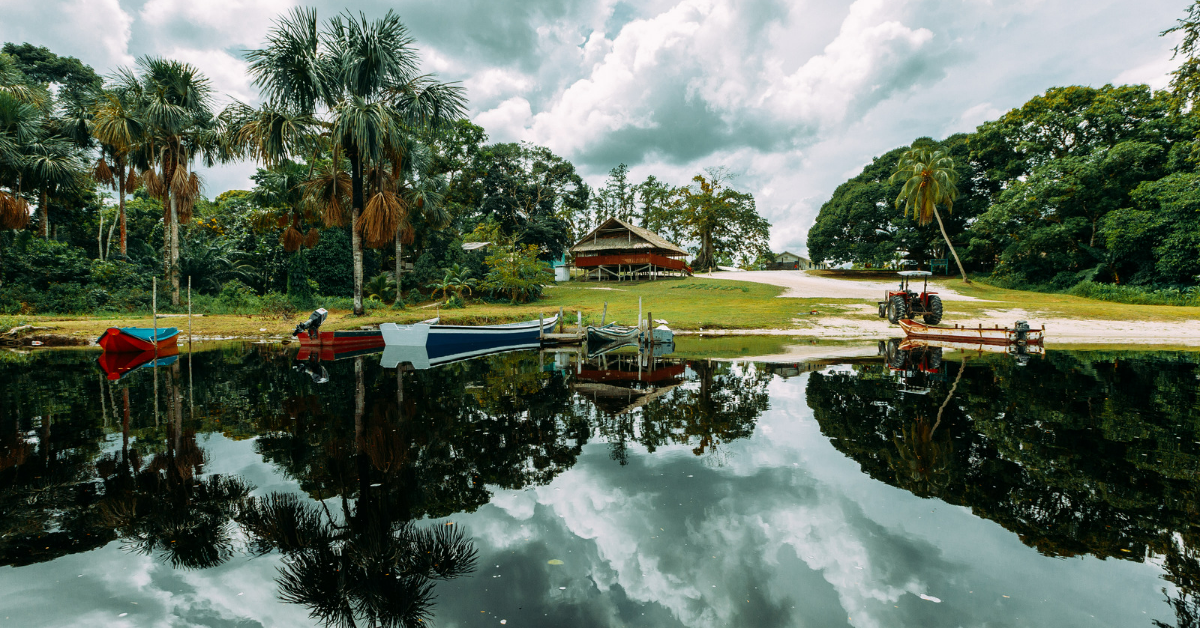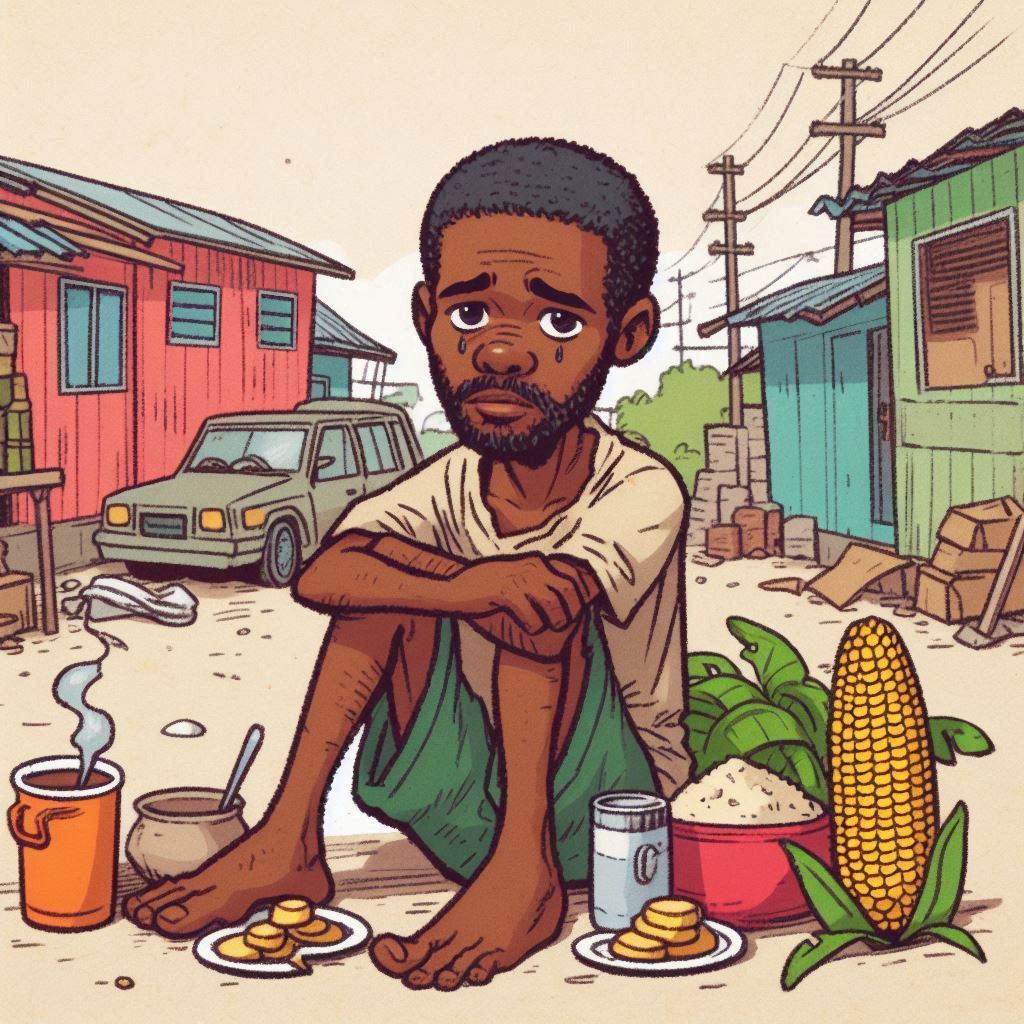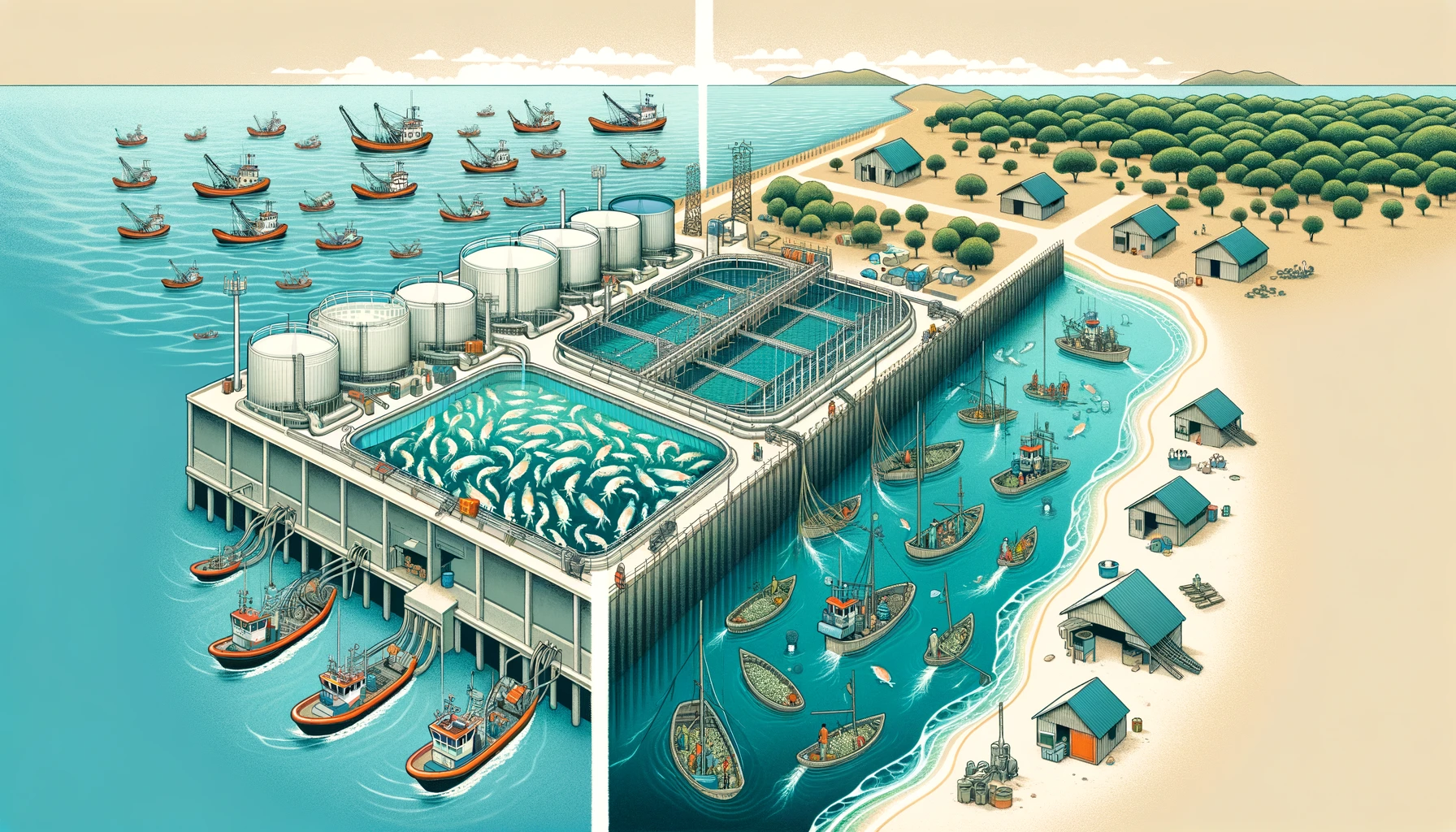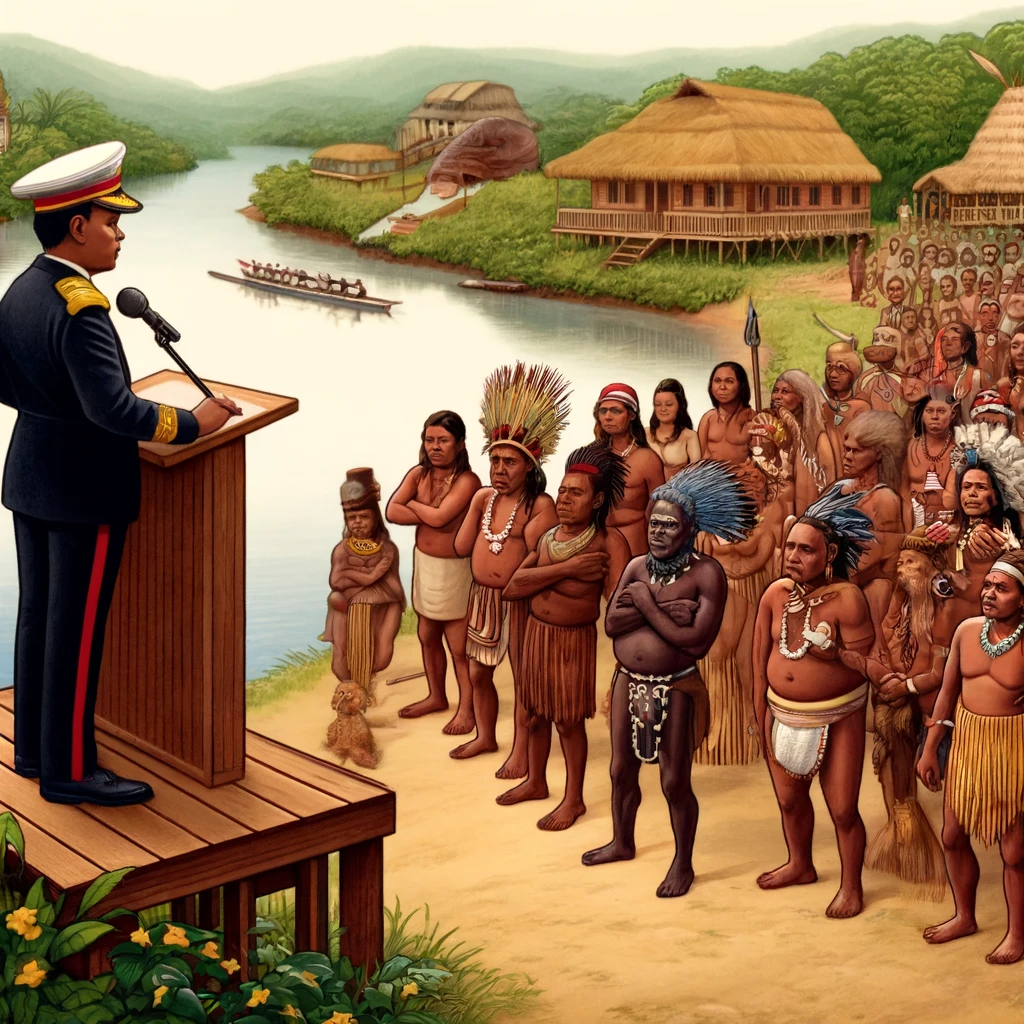I write to comment on one issue in your well-argued Editorial titled ‘Hess’ carbon offset deal’ which begins: ‘You have to give it to Bharrat Jagdeo. He has been trying to “sell” Guyana’s rainforest since the early 2000s going around the world saying if you don’t buy our trees they may have to be chopped down’ (Stabroek News, 2023, April 22).
Editor, according to its own data, the State asserts legal ownership over 15.687 million hectares (Mha) (87%) of Guyana’s forests. The other 13% are legally owned by Amerindian Villages (2.299 Mha) and private owners (0.093 Mha); figures from the Guyana Forestry Commission’s Monitoring, Reporting and Verification System report for year 11=2021, published May 2022. Since 1 December 2022 when simultaneously the Winrock subsidiary, ART-TREES, issued 33.47 million carbon credits allegedly derived from the whole of Guyana forest area, and the Hess Corporation announced that it would purchase 2.5 million credits per year for 15 years, Amerindians and others (including me) have pointed out that the government can only sell a good derived from a non-State Forest area with the legal permission to do so, supplied by the legal owner.
Sections 13, 14, 34 and 44 of the Amerindian Act (cap. 29:01, 2006) lay out the procedures for leasing ‘any interest’ (section 44 (2)) in any legally titled Village Land. The Act requires a 2/3 majority vote at a formally convened Village Meeting before the ceding of village resources to anyone outside the Village, including the government. Mr. Derrick John, Chair of the National Toshaos’ Conference (NTC), has repeatedly expressed his satisfaction with the government-led consultations. In his letter published in SN on 25 December 2022, Mr. John wrote: “At the meeting of all village leaders in July 2022 (the National Toshaos’ Council Conference), this support for jurisdictional scale engagement on carbon markets and benefits sharing mechanism of 15% of all revenues, with no deduction of costs, to go to the Amerindian communities, was unanimously agreed to. A resolution was passed by this national representative body of Amerindian Leaders, the National Toshaos’ Council, to express this agreement”.
Readers should note that Mr. John did not to say that the NTC had given legal consent. Such consent can only be given, village by village, in accordance with the procedure laid out in the Amerindian Act. The Resolution signed by Mr. Derrick John and 13 members of the NTC’s Executive Council on 15 July 2022 ended with the following words: – “Communities are free to opt into this dedicated revenue mechanism for local communities – No deadline will be set for opting in. Support by the National Toshao’s [sic] Council Executive Committee. Resolution on Guyana’s Low Carbon Development Strategy (2030)”.
Editor, there is an important related issue: As a condition of Independence (annex C, 1965), the Guyana State committed to recognizing Amerindian land rights. By 2023 Amerindian Villages hold communal legal title over 3.305 Mha of land. While the Amerindian Lands Commission, 1967-1969 (Government of Guyana, 1969) did not add up all the estimates of claimed customary land, later extensive mapwork indicate that approximately an additional 5.5 million hectares of forested land are subject to Amerindian land claims. In short, 5.5 million hectares of State forests are subject to Amerindian land claims. Editor, you cannot sell interests in forests that are not yours (Amerindian and private forests). Equally, our government should obtain the free, prior and informed consent (FPIC) of customary claimants to the 5.5 million hectares of forests (according to page 140 of the LCDS 2030, July 2022) before it embarks on selling interests in those forests.
There is a further legal matter. Once forest-based carbon credits have been sold, they must be retired from the registry of Winrock/ART; carbon can be sold only once from an area of standing forest. However, the GFC’s FSIR annual review for 2020 (the last published) shows that 5.186 out of the 15.687 million hectares, exactly one-third of the State-controlled forest, is under logging concessions, with an allowable cut of more than 1.8 million cubic metres. Using the same average timber density of 0.65 as Winrock/ART and used in Guyana’s 2015 report to UNFCCC, that means 1.200 million tonnes of carbon or 4.405 million carbon credits (= tonnes of CO2e) are not being conserved but are being logged and sold.
So the carbon credits purchased by Hess Corporation (USA) are actually diminishing daily. Are the shareholders of Hess Corporation aware that the carbon backing their credits, which they have purchased from the government of Guyana, is actually disappearing fast to the timber processors in China and India and the mills of Guyana? Not to mention that some of the credits are actually stolen from titled Amerindian Villages? Is Hess aware that it has purchased stolen property? If you will be kind enough to print this letter, I will be sending a copy to the office of the CEO of Hess Corporation.
Sincerely,
Janette Bulkan











